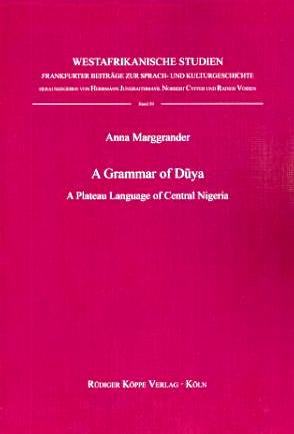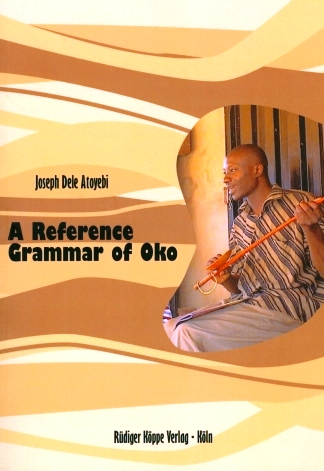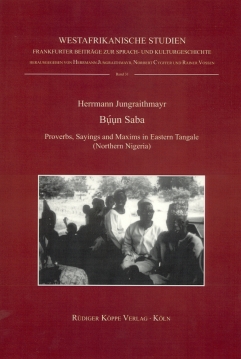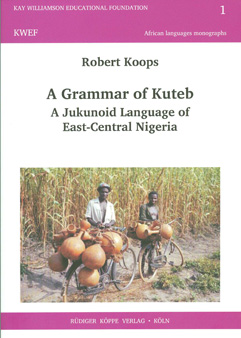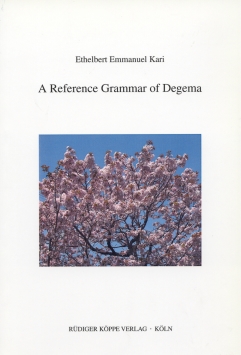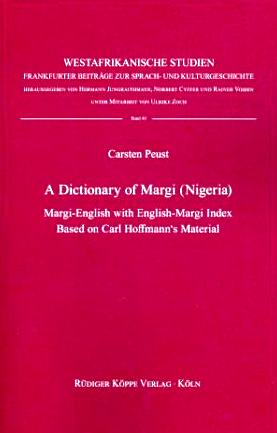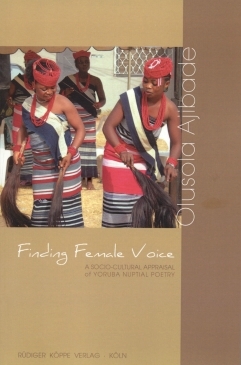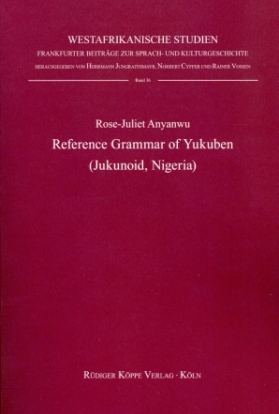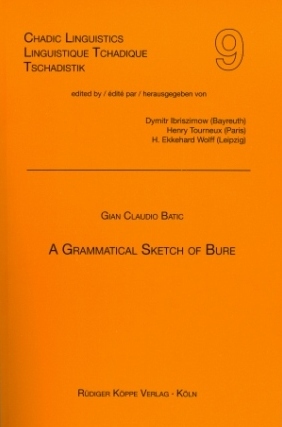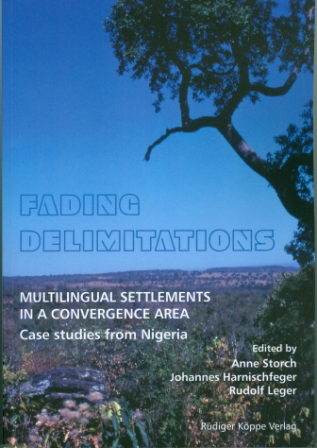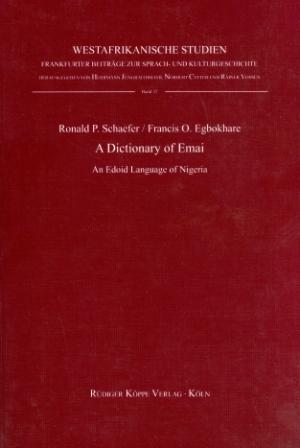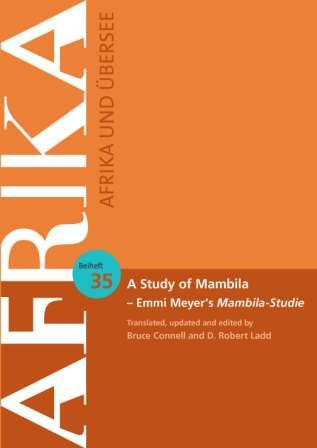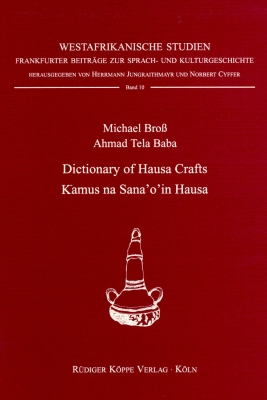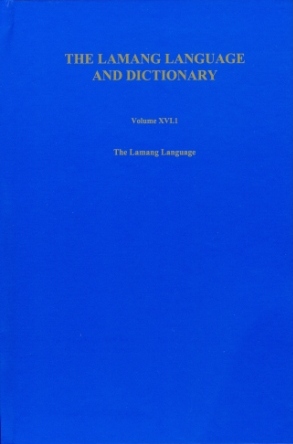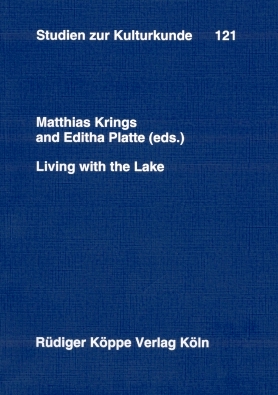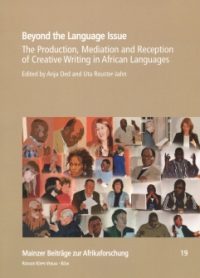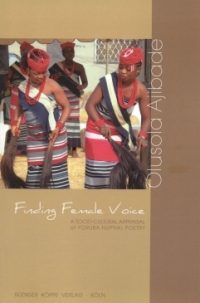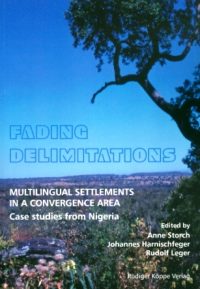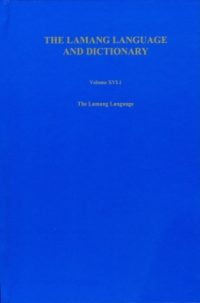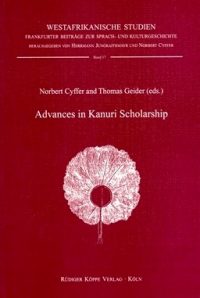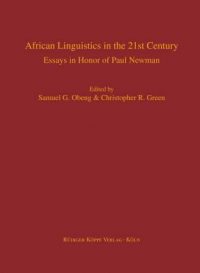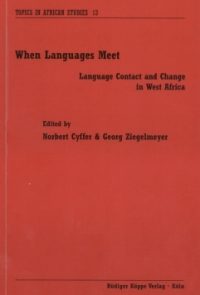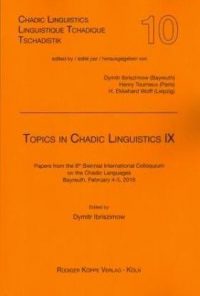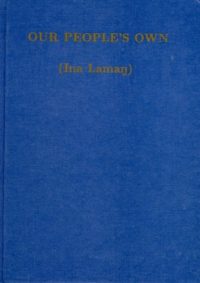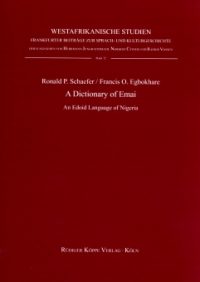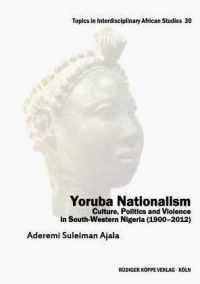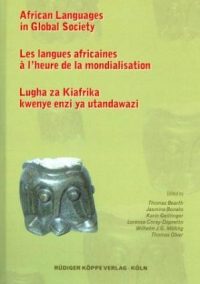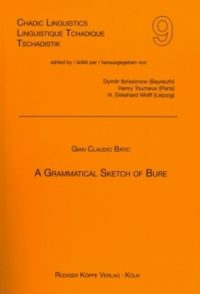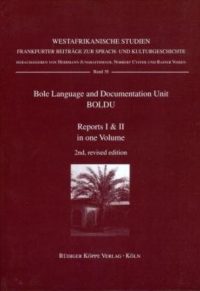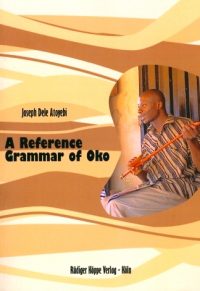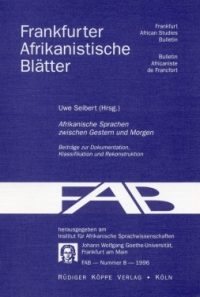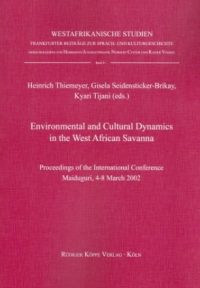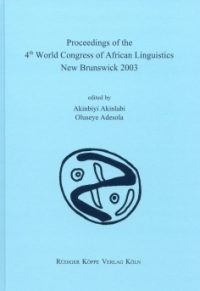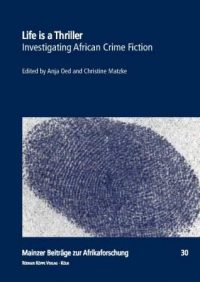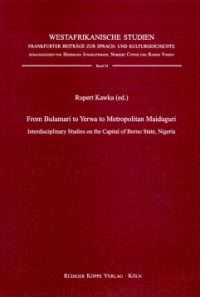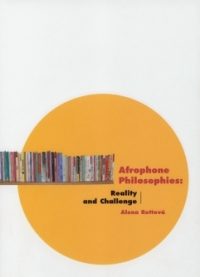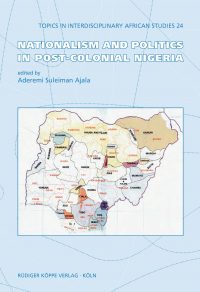2018
XVI, 316 pp.
2 sonagrams, 2 diagrams, 60 tables, index, Appendix: 1. Vocabulary, 2. Text example
Text language: English
The present study is a linguistic description of the Dũya. Dũya (Ethnologue: ISO 639-3, code ldb) is a Plateau language (Western group, northwestern subgroup, Koro-cluster), spoken in Kaduna and Nassarawa State of Central Nigeria. The name ‘Dũya’ is used by speakers themselves to refer to their language as well as to their ethnic group. However, there are slight differences in its usage in English as opposed to the usage in the language itself. Whereas in English both language and speakers are designated identically, in Dũya speakers need to clarify whether they wish to refer to the language or to a Dũya person/Dũya people by prefixing noun class markers. Hence, the autonyms are ùdṹyà (one person), àdṹyà (the people), and ìdṹyà (the language). The stem ‘Dũya’ is a compounded form and can be dissected into the words ìdũ̀ language and íyá house, home, i.e. ìdṹyà means home language. In the linguistic or anthropological literature Dũya was formerly known as (Jaba) Lungu or Idun (= ìdũ̀ language).
With assumed 78,000 speakers (2014: www.ethnologue.com) this is not one of the critically endangered languages of Nigeria. However, plateau languages are generally poorly documented. For this reason, the internal reconstruction of the plateau languages up to this point is largely based on the comparison of lexical material and the collection of new grammatical data is indispensable in order to put previous classifications and reconstructions on a more solid basis or to refute them.
The present grammar therefore contains descriptions and analyses of various traditional linguistic parts, i.e. the phonology (including tonology), the morphology and the syntax of Dũya. The TAM system of language is reserved for a separate chapter in order to be able to devote itself to its peculiarities separately. The core of the description are the chapters on nominal and verbal morphology. Finally, there are appendices with a vocabulary and a text example of the oral literature.
Under these links you will find descriptions of further Nigerian languages from various language families:

